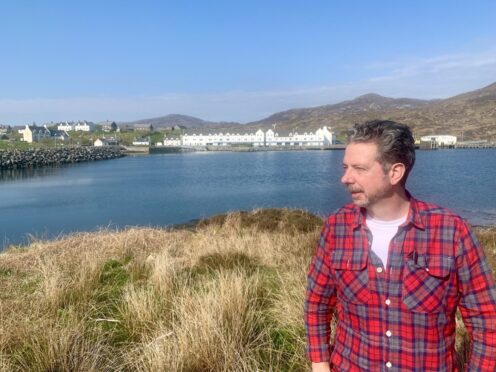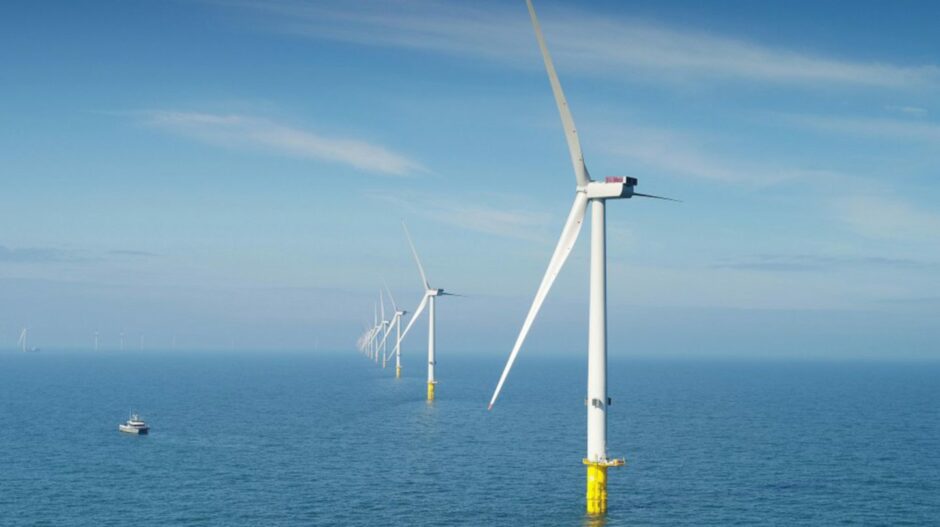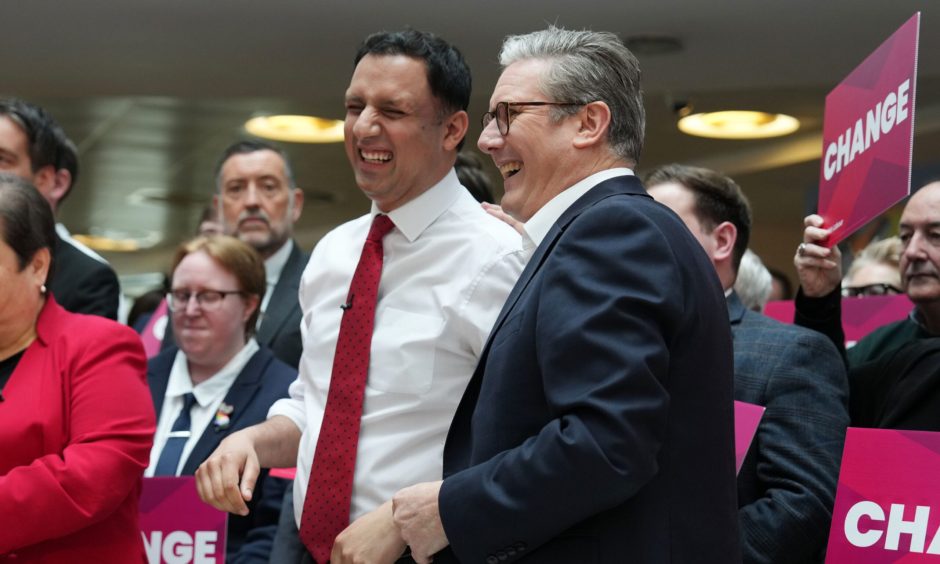
Sir Keir Starmer is being challenged by one of his own election candidates to force companies to hand over shares to rural communities when setting up projects through Labour’s new publicly-owned energy firm.
Torcuil Crichton, who is running in the Western Isles, is calling for local people to be given a mandatory stake as energy giants seek to profit from their natural resources in what could be a landmark step towards tackling fuel poverty.
UK Labour leader Sir Keir has made GB Energy a central tenant of his pitch to Scottish voters, with the new organisation set to be headquartered somewhere in Scotland.
He used an election campaign stop in Inverclyde on Friday to push the policy, which the party says will create 53,000 new clean energy jobs.
But he was forced to admit the firm is “not an energy company” at all and is instead an “investment vehicle” for the private sector.
It remains unclear exactly how it will operate.
Communities must be rewarded
Labour plans to hand GB Energy £8.3 billion over the next five years funded through a windfall tax on the profits of oil and gas giants.
It is understood investments will focus on wind and solar projects, with private firms given the opportunity to make huge sums of money from the push towards renewables.
Crichton is calling for communities to be rewarded for engaging with companies and helping the next government to meet its emissions targets.
He said: “We are at the centre of that big transition into renewables.
“If all the plans go ahead, there’s going to be something like 150 turbines on Lewis, offshore and onshore in the next decade.
“We’re going to be sending all this power away and we have the highest fuel poverty figures in the UK.
“My message on that, and my message to the Labour Government as well as voters, is that GB Energy has to put communities first.
“Labour’s policy is for there to be a mandatory community benefit for every development. I say that should be a mandatory community share.
“No turbine is going to turn, no windfarm is going to be built without public money.
“That’s our money. It’s not free money. That is our share in these companies.
“So when these companies start making profit, we can send profit back to our communities to tackle issues around transport, childcare and education.”
Crichton is also pushing for an “island tariff” that would see a special rate set by Ofgem.
Helping families face sky-high bills
According to Energy Action Scotland, the Western Isles has the highest level of fuel poverty in Scotland, at 57%.
The Highlands and Islands are disproportionately affected despite often being the areas where infrastructure is built.
Labour’s energy policy is designed to help families save money on sky-high bills and create thousands of local jobs.
But critics say the windfall tax used to fund it will put many more roles at risk and warn the plans lack any substantial detail.
The SNP says Labour wants to use “Scotland’s energy wealth” to fund nuclear projects in England.
Deputy leader Kate Forbes said neither Labour nor independent experts “seem to understand or know what GB energy actually is”.
The Scottish Government previously pledged to set up a publicly-owned, not-for-profit company to sell gas and electricity by 2021 before later ditching the plan.
Speaking to journalists on Saturday, Scottish Labour leader Anas Sarwar said GB Energy will “create jobs, lower bills permanently and hopefully bring a receipt for the taxpayer that allows us to continue to make even more investments”.
Asked how Labour will ensure profits from any new projects are shared fairly with local people, Sarwar said it is considering how to have a “diverse model of ownership that can help to support local communities as well as services”.

Enjoy the convenience of having The Sunday Post delivered as a digital ePaper straight to your smartphone, tablet or computer.
Subscribe for only £5.49 a month and enjoy all the benefits of the printed paper as a digital replica.
Subscribe
